10 Best Core Stability Exercises (With Workout Examples)
Author:
Reviewed by:
(21 years of Oly Lifting experience)
Unlock your full potential by engaging with our experts and community! Have questions about your fitness journey or looking for expert advice on weightlifting techniques? Don’t hesitate — leave a comment below and Sergii Putsov will provide a personalized answer and insights to help you reach your goals.
Torokhtiy is reader-supported. Some links are affiliate links, and we may earn a commission at no extra cost to you. See our disclosure page for details.
Core stability exercises are a good way to climb a quality foundation for the future of any workout. Without it, your body just won’t be able to keep up because even squats and barbell presses not only work your legs and arms, but your core as well. There are also some challenges that we will look at.
Core stability exercises combine both dynamic variations like the wood chop category or the kettlebell Turkish get-up, and static ones like the classic plank and medicine ball work. Exercises are important because your core determines absolutely every outcome of training for other muscle groups.
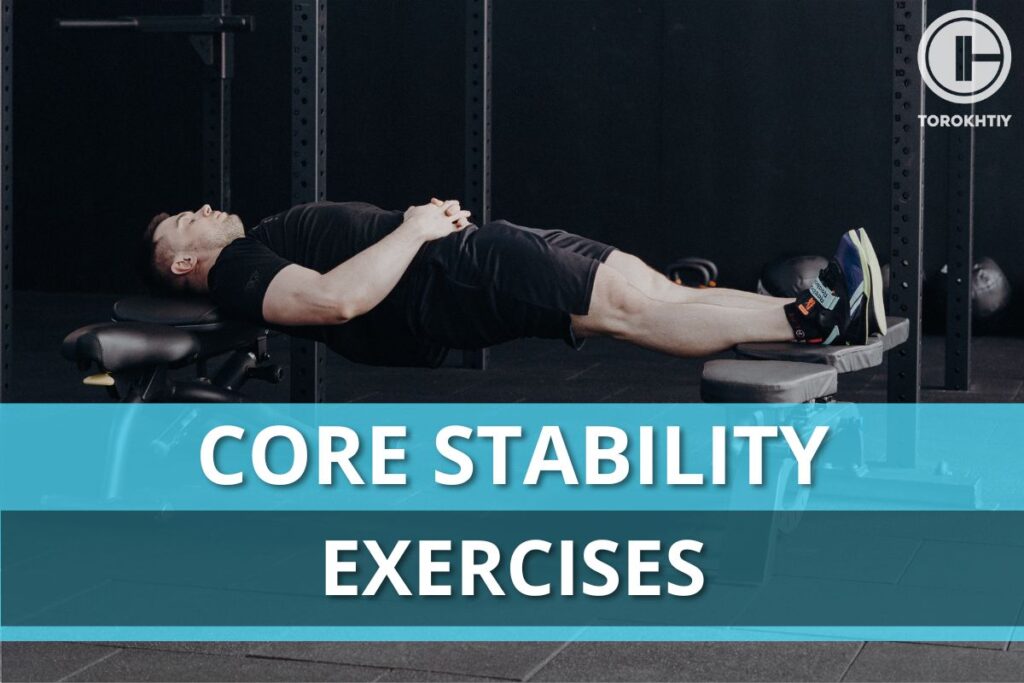
Benefits of Core Stability Exercises
Let’s explore some of the advantages that engaging in core exercises for men can offer you in the long term, something that many other amateur athletes tend to overlook.
It’s peculiar how they often ignore these exercises and instead focus on isolated muscle groups that hold significance in popular culture. Nonetheless it is crucial to prioritize technique when performing each exercise to reap their benefits without any risk of injury or complications.
1. Improved Posture
It is evident to individuals that a strong core contributes to maintaining a posture. This is especially true when considering manipulations.
Engaging in core training can significantly enhance posture stability as demonstrated by a study showcasing improvements in men who practiced Pilates for two months. These scientific studies are truly a resource of knowledge exploring on your own.
2. Enhanced Daily Life Functionality
You may not realize how extensively your core muscles come into play during your activities even if you’re simply an office worker who spends most of the time sitting at a desk.
They remain actively engaged during mundane tasks, like going grocery shopping and carrying bags home. Strengthening these muscles can make everyday responsibilities more manageable. Enhance your quality of life.
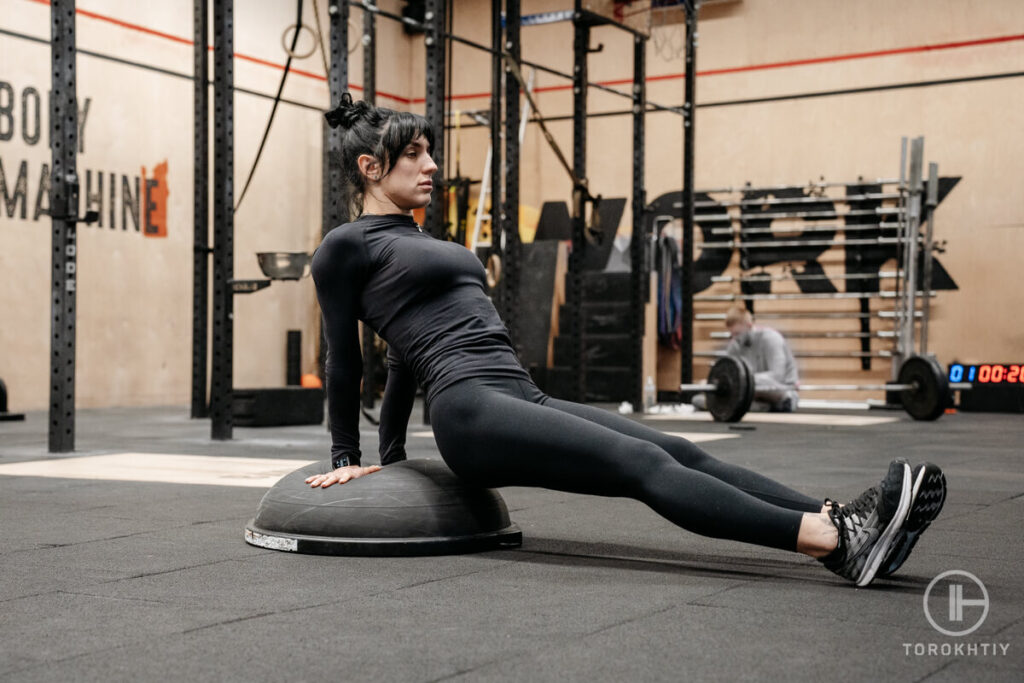
3. Increased Athletic Performance
The exercises mentioned here play a role in enhancing performance levels. It is essential not to overlook them as they greatly impact your progress. Developing a physique can significantly enhance your performance across sports and core stabilization exercises.
It provides a foundation for your body to move efficiently improving the effectiveness of your movements. Giving attention to this aspect is key to maximizing efficiency in seemingly unrelated exercises.
4. Reduced Risk of Injuries
Incorporating a workout routine helps minimize the impact of injuries resulting from negligence or existing health issues. Musculoskeletal exercises are particularly effective in reducing the risk of injuries in the body.
This fact has been long recognized by the community highlighting how core strength plays a role, in stabilizing the body and maintaining balance.
5. Alleviated Back Pain
If you have ever experienced pain it indicates that certain muscles have become weak and are no longer capable of supporting your body weight. Engaging in spinal strengthening exercises can help alleviate pain, which is commonly experienced by adult men.
Some therapists even recommend joining a gym despite back pain because having a spine provides vital support and reduces strain on the back.
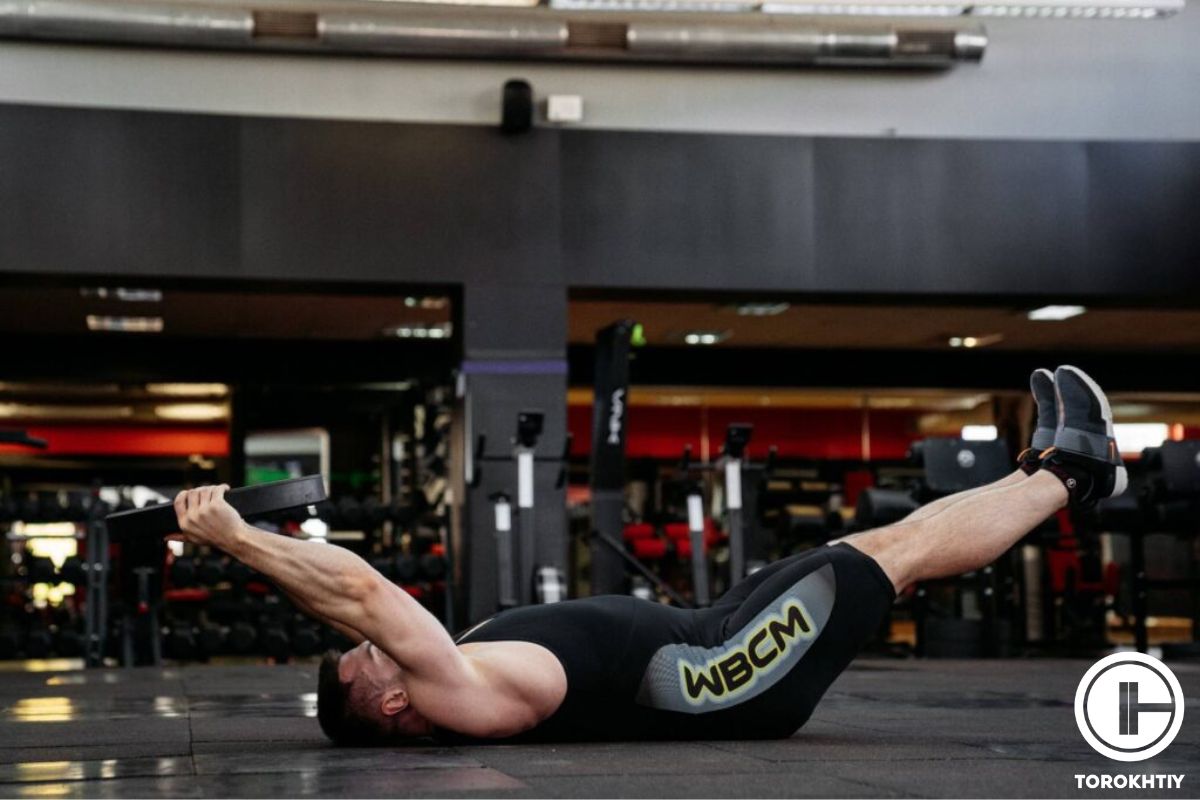
Main Components of Core stability
Let’s explore the elements of your foundation’s stability so that you can better understand the significance of these exercises and muscles.
This component is crucial, in bridging the gap from theory to application, which will greatly benefit you in the future.
Follow us!

Free!
Get a 2-week Weightlifting Program as a bonus for the subscription to kickstart your training plan!

Free!
1. Muscle Activation
When it comes to core stability exercises it is important to focus on activating muscles. Of addressing each muscle let’s consider how these exercises engage a wide range of muscles throughout your body, including the diaphragm.
This group of exercises is highly effective and trusted by professionals yet often overlooked by amateurs for some reason.
2. Breathing
A key aspect to pay attention to during these ab stability exercises is your breathing. Proper breathing technique plays a role when performing this type of exercise.
Unfortunately some individuals disregard the importance of breathing, across all exercise routines, which hinders their progress.
Breathing, including engaging the diaphragm significantly impacts posture and core movement. Deepening your breath can enhance core stability.
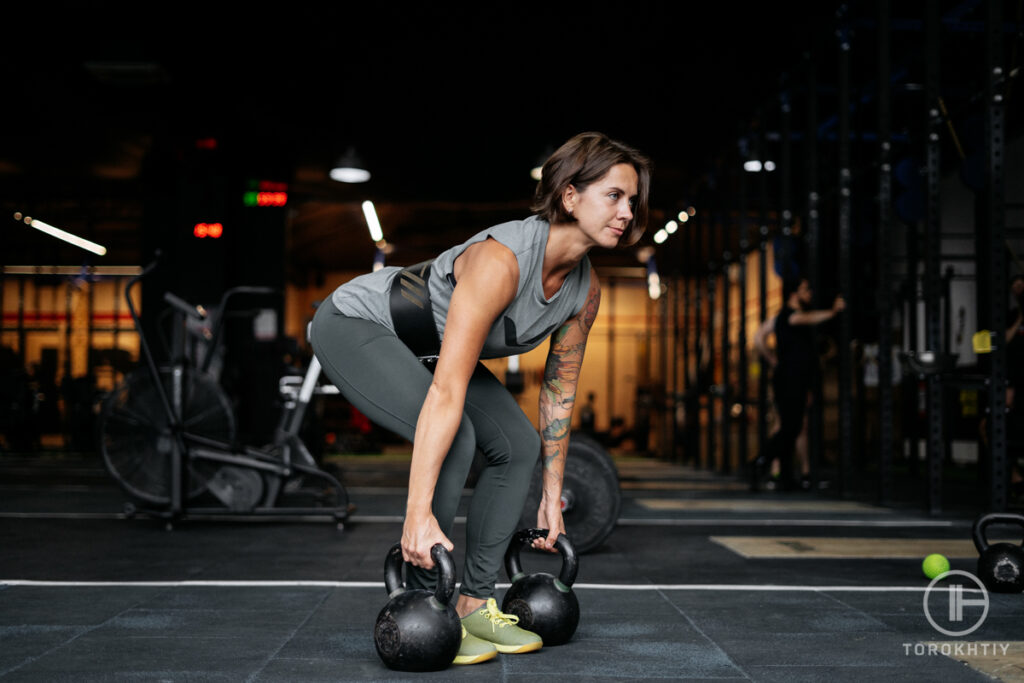
3. Exercise Ball Training
You have the option to utilize balls, also known as medicine balls. These rounded balls enable you to constantly strive for balance during any exercise, greatly enhancing the stability of your foundation.
These balls are particularly effective in improving performance for athletes. Some beginners tend to overlook these training tools and opt for more traditional equipment like barbells or dumbbells.
4. Functional Exercises
When it comes to core stability exercises it is important to progress from targeting muscles in isolation to engaging in comprehensive and functional movements. This approach allows you to train your core muscles as they are utilized during activities and sports.
5. Posture and Alignment
In terms of stabilization core stabilizing exercises the focus should be on maintaining posture and alignment. If one part of the kinetic chain is misaligned it can cause disruptions, throughout the chain.
6. Strength and Stability
Undoubtedly if you aim to develop a physique prioritizing the health of your foundation is crucial. We have already touched upon this point earlier. Will further delve into it in our discussion.
Regardless of whether you participate in sports or not it is important to acknowledge that this particular muscle group plays a role in human activity and training.
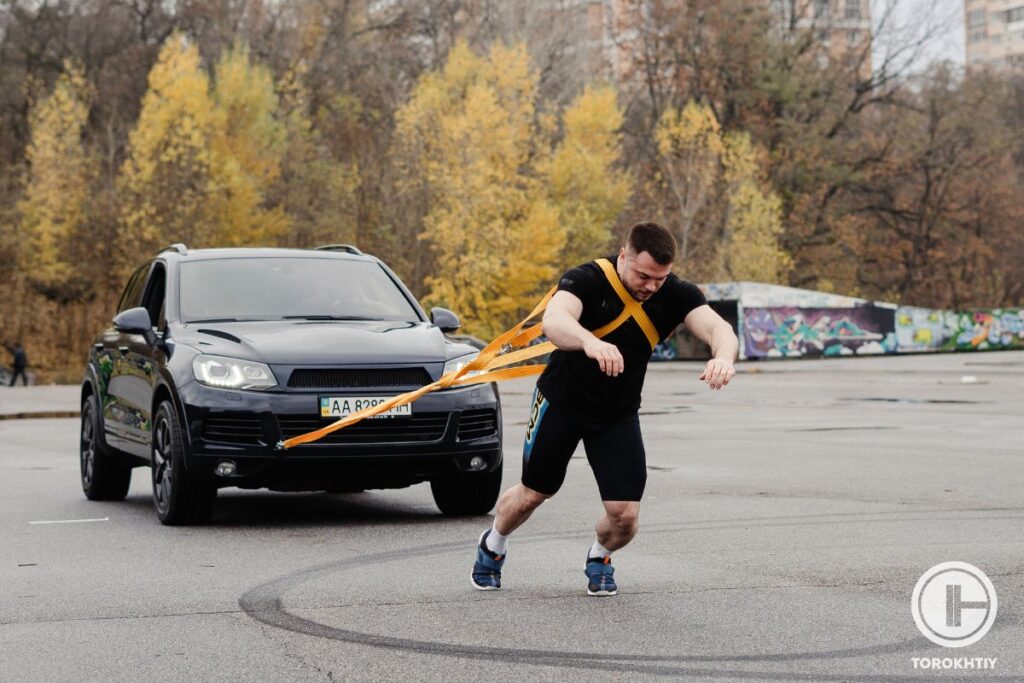
7. Isometric Exercises
Isometric exercises are generally effective for improving core stability. They are currently considered one of the forms of exercise in this aspect, sometimes even surpassing dynamic exercises.
However it is recommended by experts and trainers to switch from isometric to exercises to maximize their effectiveness.
Core stability exercises
Now let’s take a look at some known exercises that can greatly enhance your foundation for performing targeted exercises on specific muscle groups. Take the time to familiarize yourself with each exercise and understand how to perform them.
1. Cat Cow
One example of an exercise you might be familiar with is performing front/back pelvic tilts while on your hands and knees. It may sound amusing. This core stability workout actually offers efficiency relative to the effort put in.
2. Marching
Another exercise involves lying on your back with your legs raised and knees bent. Without moving your knee gently engage your muscles, lower one leg until the heel touches the floor then return to the starting position and repeat with the other leg.
3. Stability Ball Deadbugs
Start by lying down on your back and bringing your knees up, to a 90 degree angle. Place a stability ball between your shins. Rest your hands and feet on it. If you don’t have a stability ball feel free to use any object you have.
Straighten your arms and legs. The straighter they’re the more challenging the position becomes. It’s important not to be lazy and give your effort while using this technique.
4. Glute Bridge
Lie flat on a mat with your knees bent and feet resting on the ground. Pushing through your heels, raise your hips towards the ceiling engaging your abs and squeezing your glutes.
This core stability training is particularly popular for home workouts as it requires no equipment other than yourself. Can help you build muscle mass quickly so make sure to remember it.
5. Bird Dog
Assume an all fours position with your knees positioned under your hips and hands, beneath shoulders. Extend one arm forward at shoulder level while simultaneously extending the leg backward at hip level.
Round out your back slightly. Engage your abs so that the elbow of one arm touches the knee of the leg underneath you.
6. Dead Bug
Lie down on your back, with a spine lifting your legs up and bending your knees at a 90 degree angle ensuring that your shins are parallel to the floor. Extend the arm and leg on sides hovering them above the floor.
Focus on keeping your ribs and hips connected while engaging your torso being careful not to arch your back.
7. Side Bridge
Assume a side lying position with your knees bent at a 90 degree angle and rest your elbow under your shoulder. Push forward with your hips to lift them off the ground ensuring alignment between your knees, hips and upper body.
This exercise is commonly performed by athletes, at home to enhance muscle strength in the core area.
8. Elbow Plank With Leg Lift
During plank pose, raise one leg 6 cm off the ground while maintaining a position of the pelvis to the floor. Hold this position for five seconds before lowering the leg. If you find this exercise easy you can incorporate types of weights into it. It is important not to underestimate the simplicity of this exercise as improper execution can lead to discomfort. Always prioritize technique when performing this plank core balance exercises.
9. Pallof Press
Position yourself alongside the cable trainer ensuring that your closest side is facing it. Grab the handle firmly with both hands. Move sideways for two or three steps until you feel tension in the cable. Exhale as you extend your arms ahead pushing the cable away from your body. Be mindful not to rotate towards the trainer while performing this movement.
10. Farmer’s Carry
Start standing with a dumbbell or kettlebell in each hand. Hold the dumbbells at your sides, about an inch away from your feet. Step forward, keeping your spine in a neutral position and keeping your core tight.
Core Stability Workout Plans
Since you show a desire to train on the account of fixing your foundation, we advise you to pay attention to making specialized plans that will support you throughout your training.
This is a prerequisite for professional and amateur athletes who want to get in shape, but don’t know exactly where they need to start. Plans allow you to follow a strictly defined vector for this, in order to track your results and the effectiveness of certain exercises for core stability that you yourself have put into your plans.
Let’s take a look at specific examples of some popular plans that will help you decide on the rules of making them.
1. Beginner Core Stability Workout Plan
A workout plan designed for beginners typically includes exercises that can be done without complex exercise technique learning. It also incorporates techniques to ensure your safety even if you happen to make a mistake. It is crucial to avoid any errors while exercising as they can have consequences.
Now let’s delve into an outline of a beginners plan that consists of exercises which we will explain in detail. The “Bird Dog” exercise may have a name. It is an excellent choice for beginners aiming to strengthen their core muscles. Begin this exercise by kneeling with your knees slightly raised.
Next extend your arm forward. Simultaneously extend your left leg backward in the opposite direction creating a flat position resembling a table. Repeat this movement slowly on the side gradually returning to the starting position. Experts suggest that this core stabilizers exercise not strengthens core muscles but also significantly improves posture – something for many individuals, in today’s modern world.
Our next exercise, known as the “Bear hold ” may sound serious. It’s actually quite simple and suitable for beginners with no sports experience. To begin, position yourself on all fours with your wrists aligned under your shoulders and your knees beneath your hips.
While it may take some effort to reach this starting position initially we believe in your ability to do so. Next, tuck your toes in. Slightly lift your knees off the floor while engaging your core muscles. Hold this position for 5-10 seconds before lowering your knees to the floor for a brief rest of 5-10 seconds.
Repeat this process by raising your knees and holding the position. Similar to the exercise, the Bear hold significantly improves balance and overall core fitness. Feel free to incorporate it into any workout routine; just remember to prioritize safety precautions as simple core stability exercises can cause harm if performed incorrectly.
These two exercises effectively. Strengthen your core muscles making them an ideal starting point recommended by scientists for beginners due to their effectiveness and lower risk of injury. Furthermore if you’re not an athlete or someone who regularly engages in exercises these specific workouts can yield results within a short timeframe.
2. Intermediate Core Stability Workout Plan
A core stability training program, for intermediate level individuals aims to enhance the strength and stability of core muscles like the abdominals, hips and pelvis. This plan incorporates exercises such as planks, bridges, dead bugs and Russian twists which are known for their effectiveness in boosting core stability. As a plan it assumes a level of basic skill and fitness.
Consequently the intensity, duration and difficulty of the core stabilization exercises are higher compared to those in a beginner plan. For instance a typical training routine for an exerciser might commence with an up session followed by 3 sets of 12-15 repetitions of exercises like forearm planks and side planks.
Subsequently one can progress to exercises such as leg raise bridges and deadlifts which are also performed in 3 sets of 12-15 reps. The workout typically concludes with a down period to aid muscle recovery. It is crucial to note that while these exercises primarily target the core muscles they also engage muscle groups thereby contributing to strength development and body balance.
Furthermore a strong core positively impacts posture quality while reducing injury risks and enhancing performance. Hence the workout regimen focusing on core stability serves as an option not just for individuals aiming to enhance their core strength but also, for anyone seeking to boost their overall fitness levels.
3. Advanced Core Stability Workout Plan
Designing a workout plan for your fitness level is a complex process. Advanced individuals typically create these plans based on their preferences and specific variables that affect them individually.
When considering this type of workout it is essential to have self awareness and tailor the plan to address areas of concern. Let’s explore some ab stability exercises that can be included in such a plan, such as planks, side planks, Russian twists and bicycle crunches. These exercises engage muscle groups enabling athletes to tune their strength and effort according to their goals.
It is crucial to have an understanding of technique for each exercise included in your plan. This knowledge helps prevent beginners from pushing beyond their abilities and risking injuries due to form or lack of familiarity with exercise principles. Experts and scientists recommend incorporating these types of core stabilizing exercises into your routine three times a week as they form the foundation for training other muscle groups later on.
Don’t forget that no matter how effective or challenging your workout plan is, you still need to maintain a certain diet, depending on what your workout goal is. It is also a good idea to consult with a professional doctor to identify vulnerabilities in your organs.
Most people don’t even know that they have any hidden heart or brain problems, where any wrong movement during training can lead to disability or even death, which is an ever-present threat to amateur athletes.
Training Program We Recommend: Core and Back Workout Program
All these plans are quite good in the respect that you can make your own workout program quite easily on their basics. In any case, if you are not a professional, you can make a lot of mistakes when making these kinds of plans and you will need good professional help from people who know how to do it.
This is where an individual trainer can come to your rescue, who can design a training program for you without any problems and track your results in a multi-dimensional space. More than 10,000 professional athletes have benefited from former Olympic champion Torokhtiy’s programs, which you are free to purchase at Torokhtiy.com.
This is one of the most preferred options because you won’t make any mistakes when making your plans, which means that each of your workouts will be as productive and effective as possible. This is literally what every athlete who is thinking about starting a sport at all is trying to achieve.
Otherwise, unfortunately, the entire responsibility of making a plan and executing it rests with you. If you make a plan of poor quality for your personal potential, then you will simply lose time and possibly even health if you overdo it. Thus, you will slow down the process to achieve your specific goal, which is a significant disadvantage if you are not a professional.
FAQ
What Causes Poor Core Stability?
Some athletes outright ignore such exercises, seeing no point in them. Indeed, you are unlikely to see a noticeable improvement in your figure from performing this core stability workout, but you should keep in mind that it is your core that is the basis for performing any other exercise effectively.
What Technique Improves Core Stability?
There are a huge number of different core balance exercises that improve the stability of your core, which greatly helps you develop your strength further. We wrote them above, you can familiarize yourself with them again.
What Is the Difference Between Core Strength and Stability?
Stability is about balancing the muscle groups involved when performing an exercise. Their strength is to ensure that they perform their assigned function 100%.
Conclusion
Pay attention to core stabilizers working on this aspect because it can significantly improve your performance and results later on. Some athletes simply ignore it, which is a mistake. Do you think such exercises are important? Share your opinion in the comments below the article!
Also Read:
- Core Workout Program
- Best Ab Exercises for Women
- Core Home Fitness Adjustable Dumbbell Review
- Core Exercises Kettlebell
- Bosu Ball Core Exercises
References:
- Venu Akuthota 1, Andrea Ferreiro, Tamara Moore, Michael Fredericson, “Core stability exercise principles” // National Library of Medicine, 2008 Feb;7(1):39-44: https://pubmed.ncbi.nlm.nih.gov/36952649/
- Kellie C. Huxel Bliven, PhD, AT, Barton E. Anderson, MS, ATC, AT, “Core Stability Training for Injury Prevention”// National Library of Medicine, 2013 Nov; 5(6): 514–522: https://www.jsams.org/article/S1440-2440(20)30789-1/fulltext
- Zachary Smrcina 1, Sarah Woelfel 1, Christopher Burcal, A Systematic Review of the Effectiveness of Core Stability Exercises in Patients with Non-Specific Low Back Pain // National Library of Medicine, 2022 Aug 1;17(5):766-774. doi: 10.26603/001c.37251. eCollection 2022: https://pubmed.ncbi.nlm.nih.gov/11494836/
- Su Su Hlaing, Rungthip Puntumetakul, Ei Ei Khine, Rose Boucaut, “Effects of core stabilization exercise and strengthening exercise on proprioception, balance, muscle thickness and pain related outcomes in patients with subacute nonspecific low back pain: a randomized controlled trial”// National Library of Medicine, 2021 Nov 30;22(1):998. doi: 10.1186/s12891-021-04858-6. https://pubmed.ncbi.nlm.nih.gov/34847915/
- Suruliraj Karthikbabu 1, Sailakshmi Ganesan, Ratnavalli Ellajosyula, John M Solomon, Rakshith C Kedambadi, Chakrapani Mahabala, “Core Stability Exercises Yield Multiple Benefits for Patients With Chronic Stroke: A Randomized Controlled Trial”// National Library of Medicine, 2022 Apr 1;101(4):314-323. doi: 10.1097/PHM.0000000000001794, https://pubmed.ncbi.nlm.nih.gov/34001840/
Why Trust Us?
With over 20 years in Olympic weightlifting, strength training, nutrition coaching, and general fitness our team does its best to provide the audience with ultimate support and meet the needs and requirements of advanced athletes and professional lifters, as well as people who strive to open new opportunities and develop their physical capabilities with us.
By trusting the recommendations of our certified experts in coaching, nutrition, and sports training programming, as well as scientific consultants, and physiotherapists, we provide you with thorough, well-considered, and scientifically proven content. All the information given in the articles concerning workout programming, separate exercises, and athletic performance, in general, is based on verified data.
The product testing process is described in more detail here.
Author: Sergii Putsov
Head of Sport Science, PhD
Best Results: Snatch – 165 kg,
C&J – 200 kg
Sergii Putsov, Ph.D., is a former professional weightlifter and National team member, achieving multiple medals in the 94 kg weight category at national competitions. With a Master’s degree in “Olympic & Professional Sport Training” and a Sport Science Ph.D. from the International Olympic Academy, Greece, Sergii now leads as the Head of Sport Science. He specializes in designing training programs, writing insightful blog articles, providing live commentary at international weightlifting events, and conducting educational seminars worldwide alongside Olympic weightlifting expert Oleksiy Torokhtiy.
Reviewed by: Oleksiy Torokhtiy
Olympic Weightlifting Champion, PhD in Sport Science
Best Results: Snatch – 200 kg,
C&J – 240 kg
Oleksiy Torokhtiy is a professional athlete boasting 20 years of experience in Olympic weightlifting. With multiple European and World titles under his belt, he has showcased his prowess in two Olympic Games (Beijing 2008 and London 2012). Upon concluding his illustrious career, Oleksiy dedicated himself to coaching. By 2022, he had conducted over 200 weightlifting seminars worldwide. He is the visionary behind an international sportswear and accessories brand known for its motto, “Warm Body Cold Mind.” Additionally, he is an esteemed author and the creator of a series of training programs and eBooks.




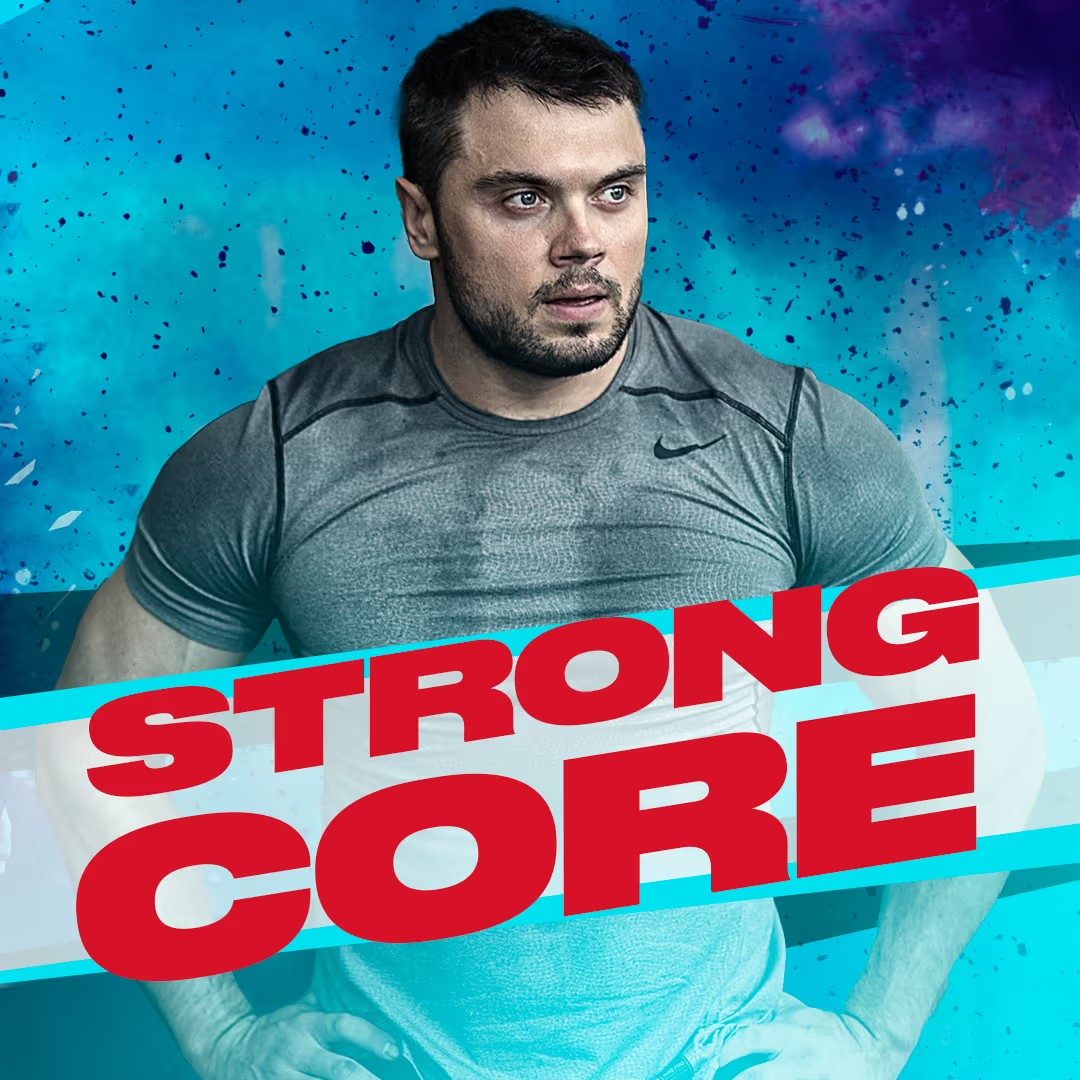
Still have questions after reading our article? Unlock your full potential by engaging with our experts and community! Don’t hesitate — leave a comment below and Sergii Putsov will provide a personalized answer and insights to help you reach your goals.